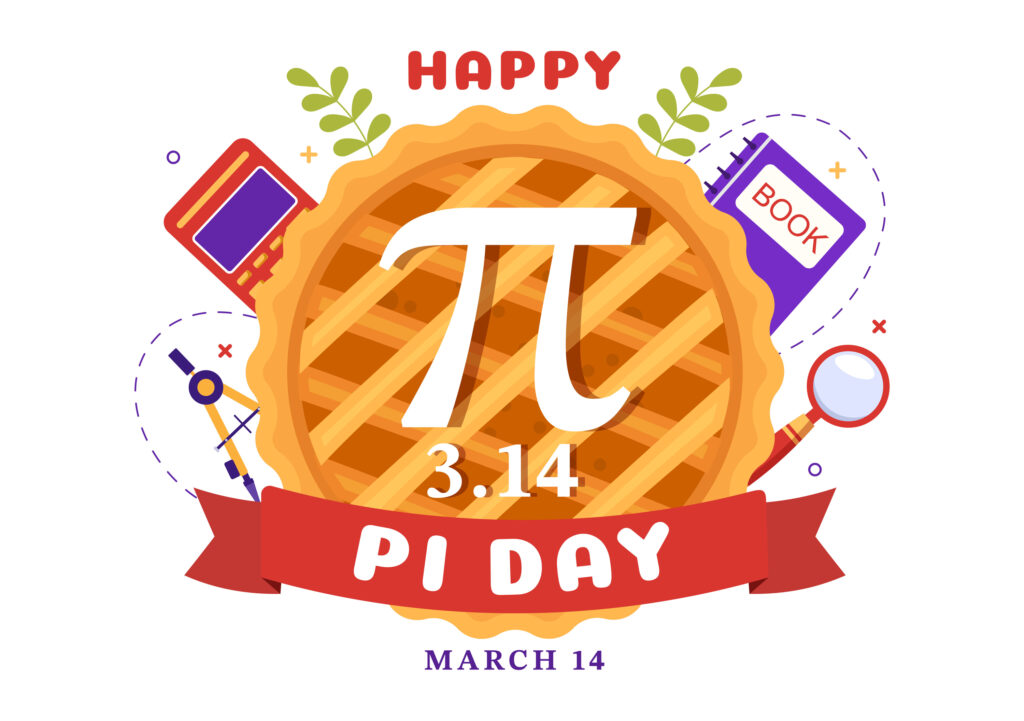The 14th of March bring us Pi Day-an opportunity for math enthusiasts to celebrate the constant that is used to represent the ratio of a circle’s circumference to its diameter. Pi is a staple in advanced mathematics equations, many of which have led to advancements in science, technology, and of course, engineering.
What is Pi?
Pi is a constant in mathematics that represents the fact that the circumference of a circle is a little more than three times its diameter. This constant is called Pi, as it is represented by the Greek letter 𝛑. Pi is an irrational number that is often most shortened to 3.14 but actually has no end (nor a repeating pattern). If displayed on a calculator, it is typically displayed out to 10 digits – 3.141592654.
Pi and circular geometry have been studied and used by mathematicians for thousands of years, going as far back to ancient civilizations such as the Babylonians and Greeks. Its accuracy has been widely studied in the previous few centuries and has recently been calculated out to 31 trillion digits by a Google employee! You can read more about the history of pi here.
Why is Pi Important?
Pi is particularly of fascination to mathematicians. It represents a ratio of a whole and tangible geometric figure-the circle, yet it is a number that will never end, and therefore, never be solved in its entirety.
Pi, however, is a staple in geometrical and other mathematical equations that spill over into many real life applications; notably many in science and engineering. If we think about some of these applications where pi might be used for, we can understand why calculating its accuracy is important!
How to Celebrate Pi Day
Pi Day has been celebrated on the 14th of March since 1988, representing the 3.14-the most used shortened version of Pi in mathematical equations. Piday.org is dedicated to educating people on the basic foundations of math and science and having fun while doing it. They offer student resources in math help, class worksheets for teachers, and even Pi merch and decor! Also be sure to check out information on Raspberry Pi-a single board computer providing an economically friendly way to learn beginning programming languages for those in underdeveloped areas of the world. Be inspired to help bring your next math project to the world!
You can also check out this article from NASA on 10 ways to celebrate Pi Day!
Of course, helping students improve their math skills is always a great way to go. Check out this TryEngineering article on math apps for kids and these free online resources for math teachers!
And since it’s a circle, go ahead and enjoy a pie with your family or class! Don’t forget to measure the circumference and diameter, making sure the circumference is 3.14 times larger!



















